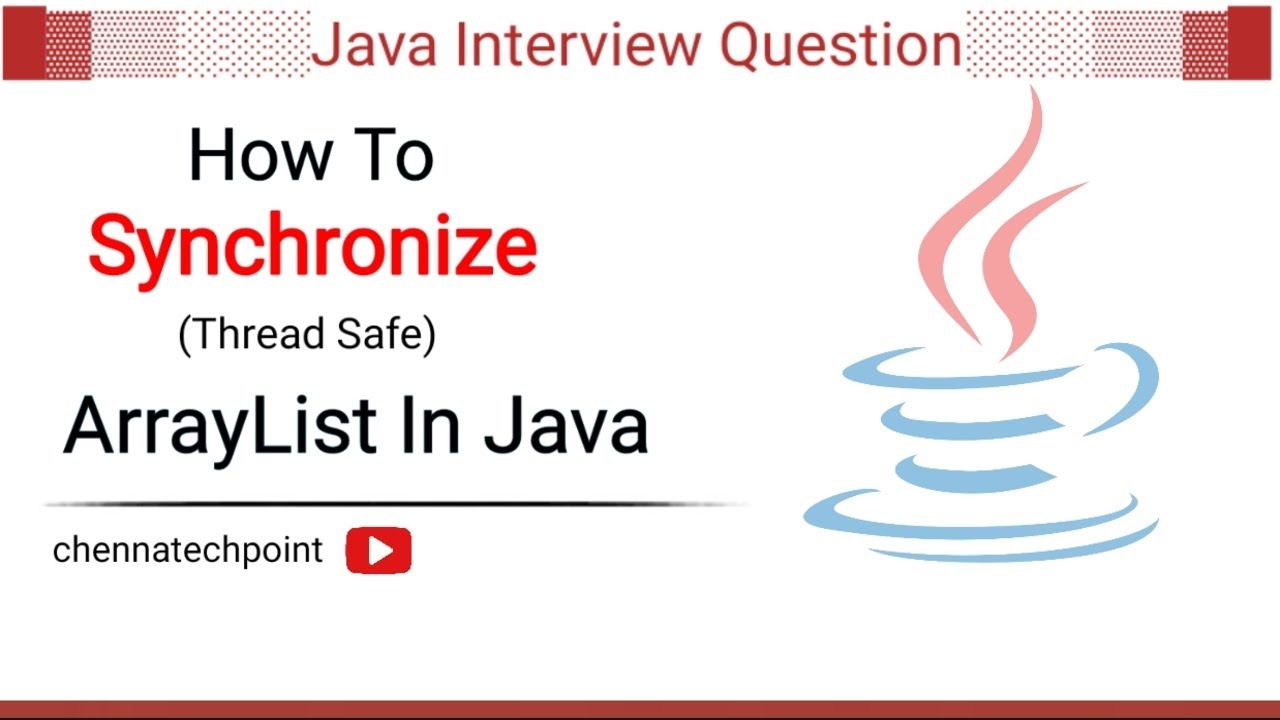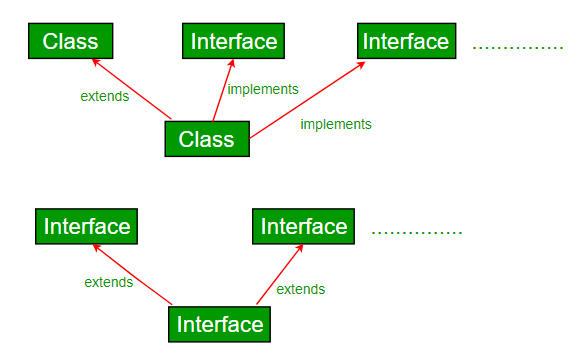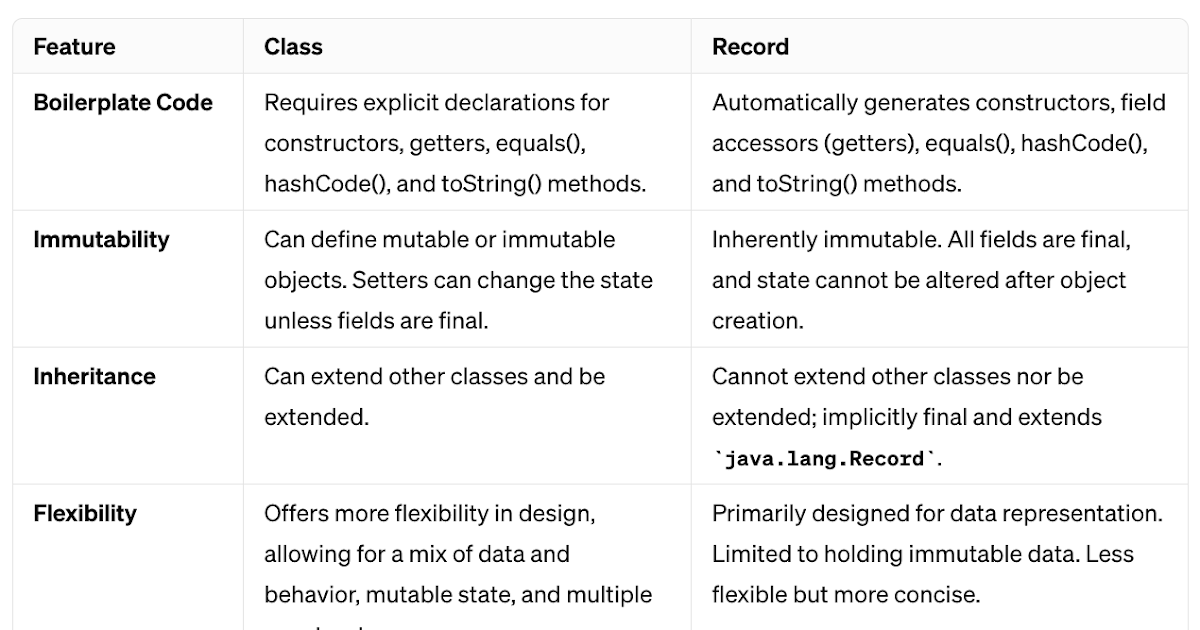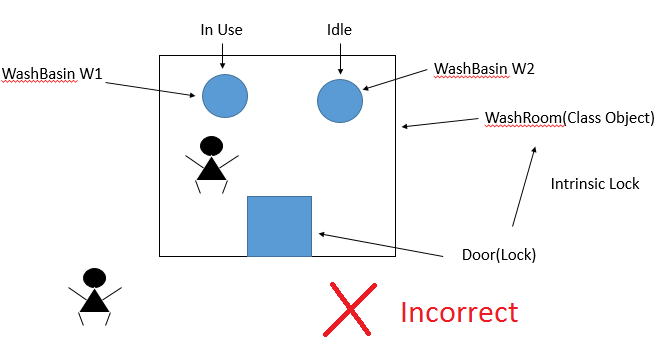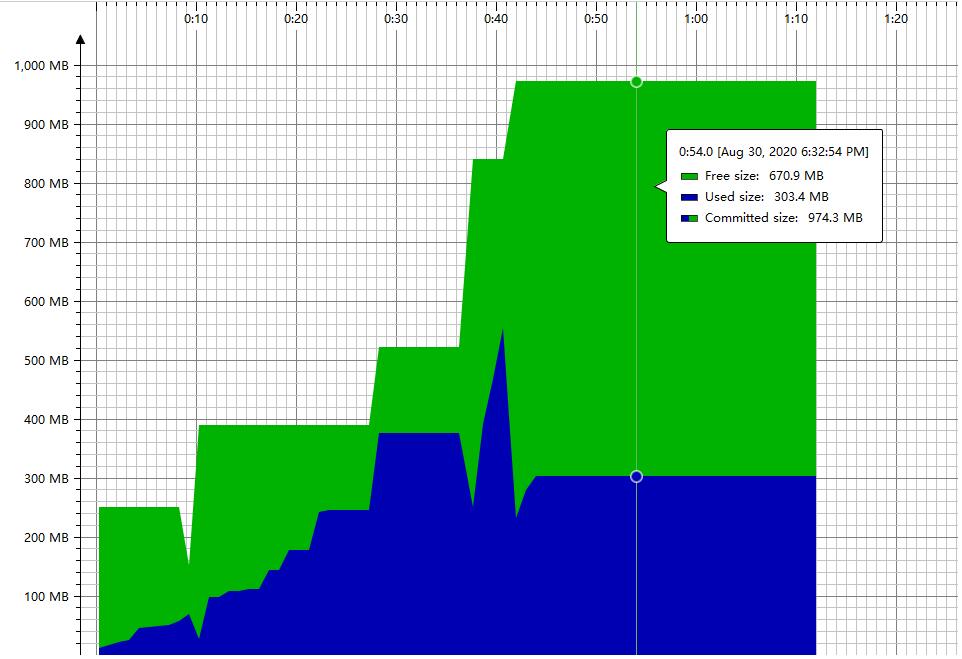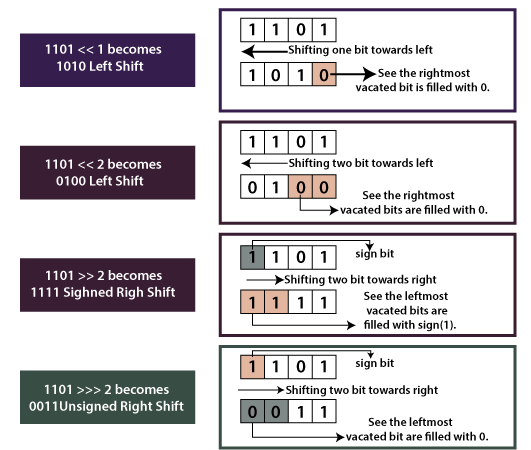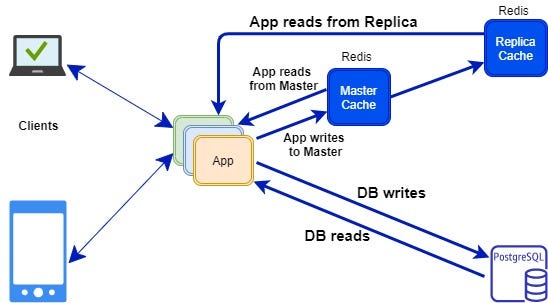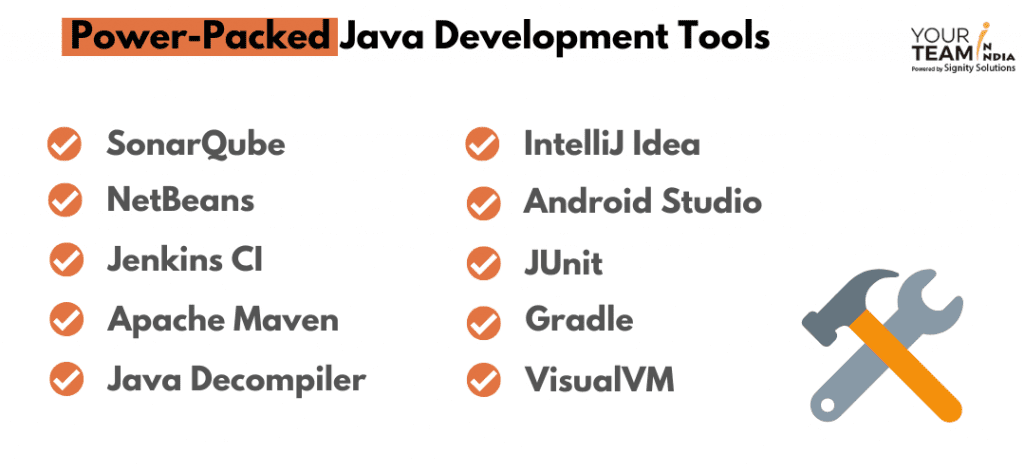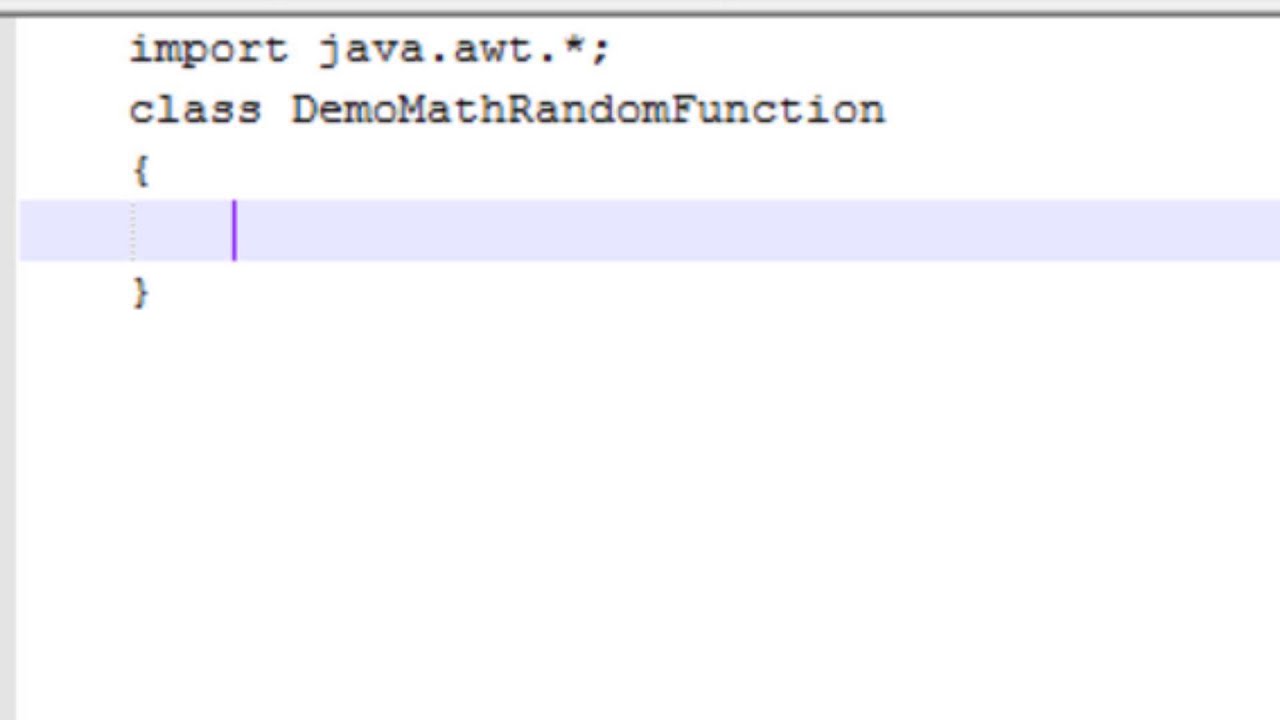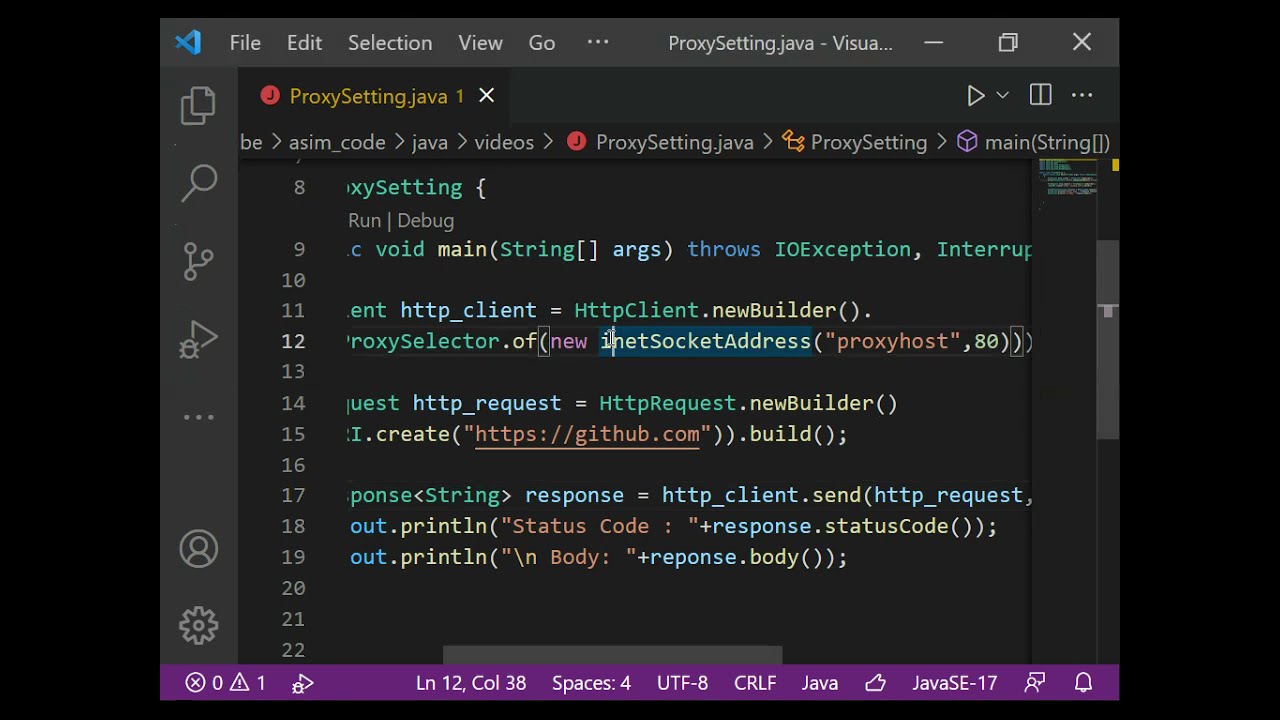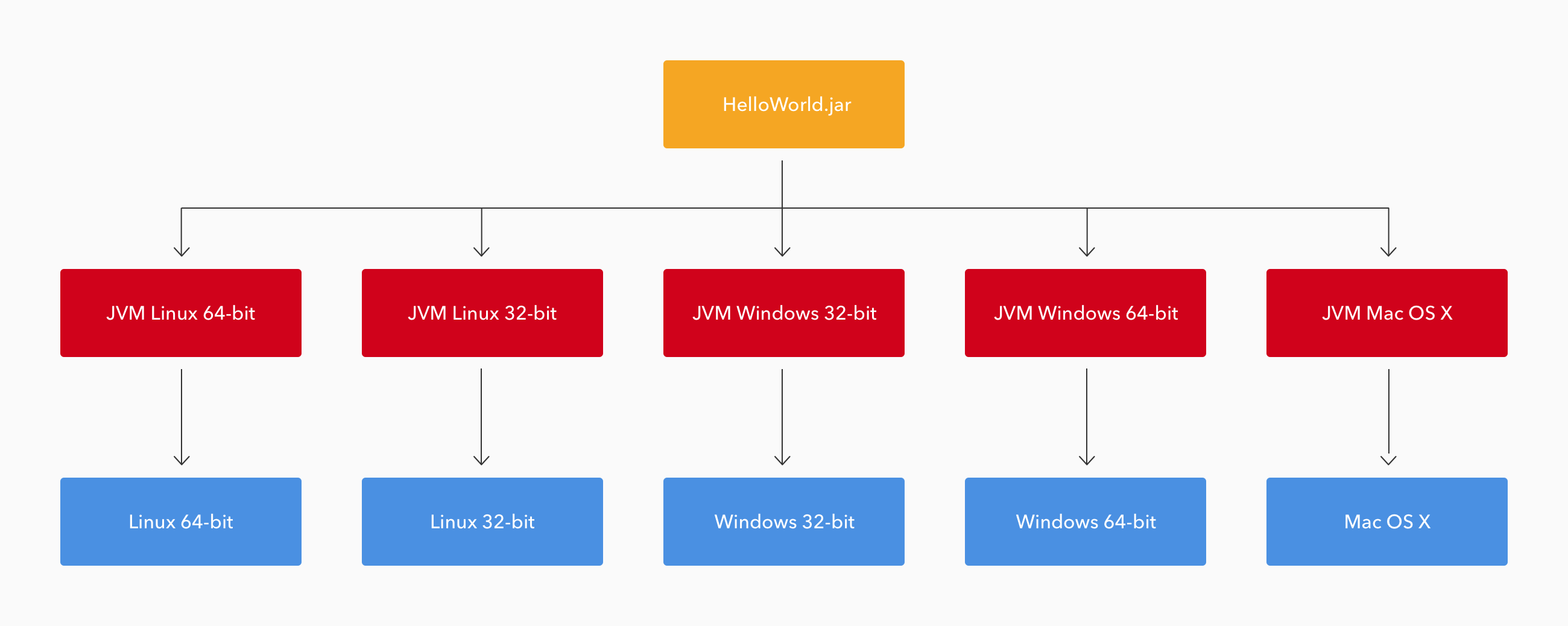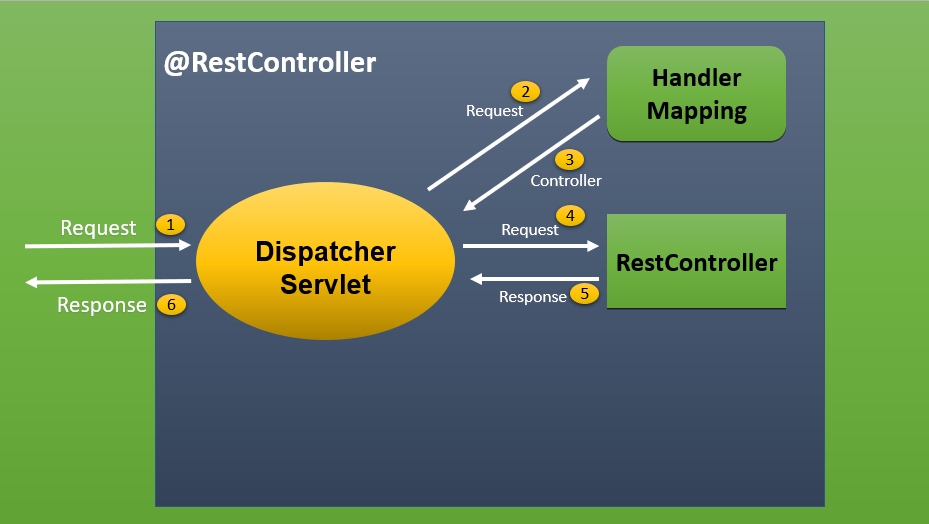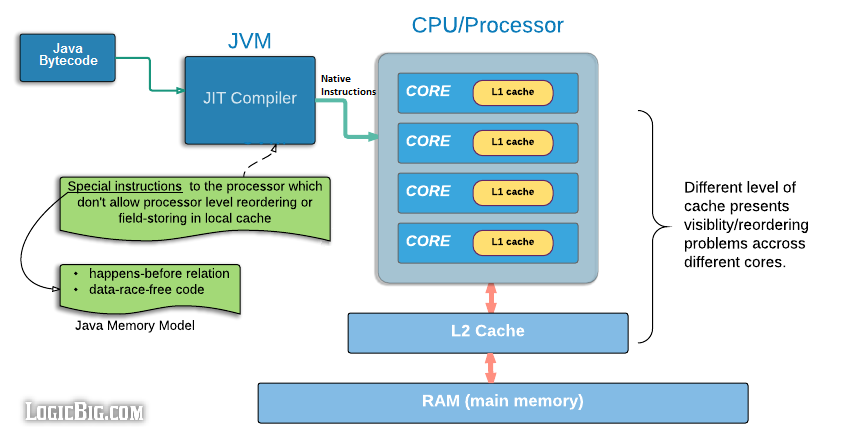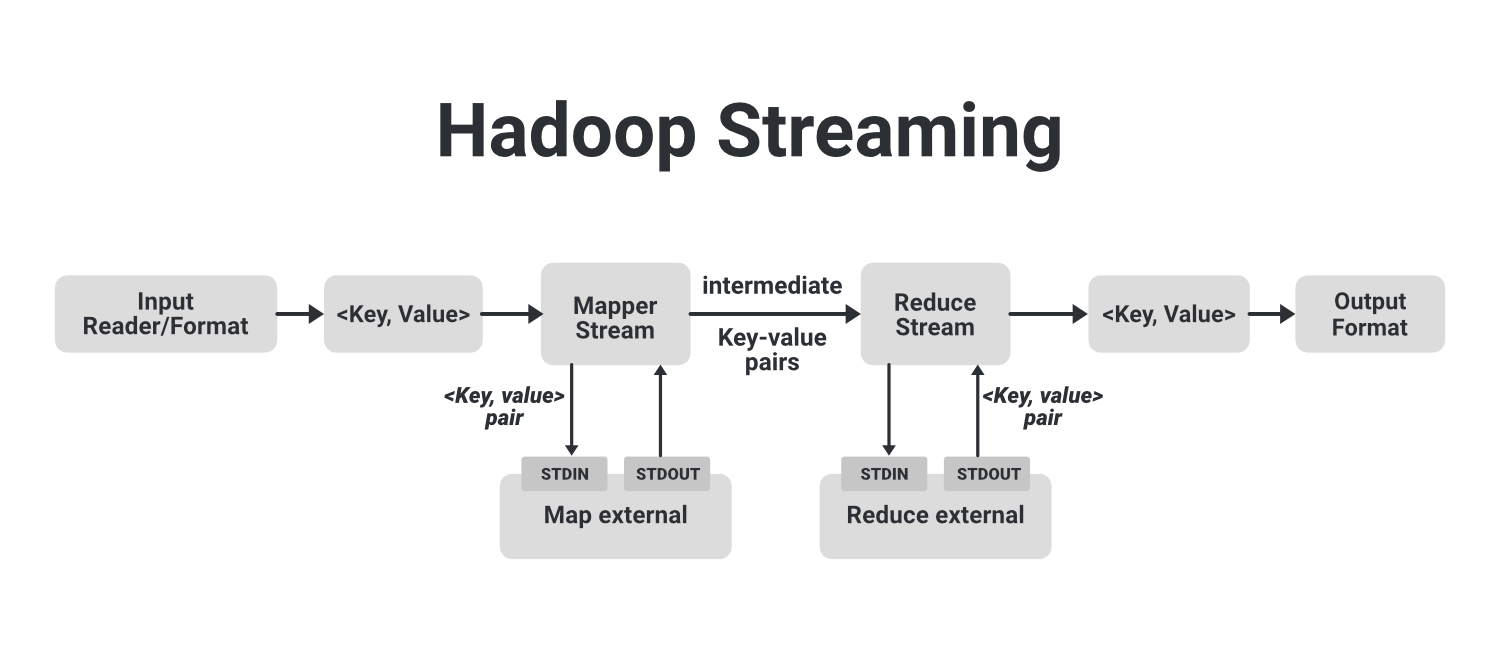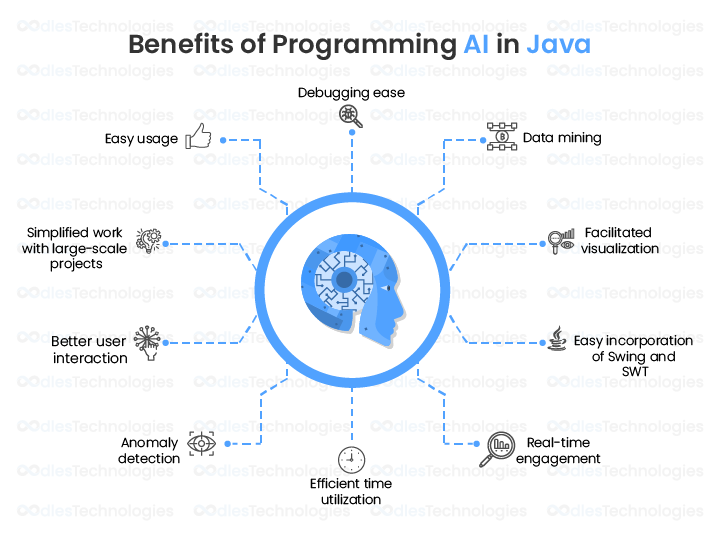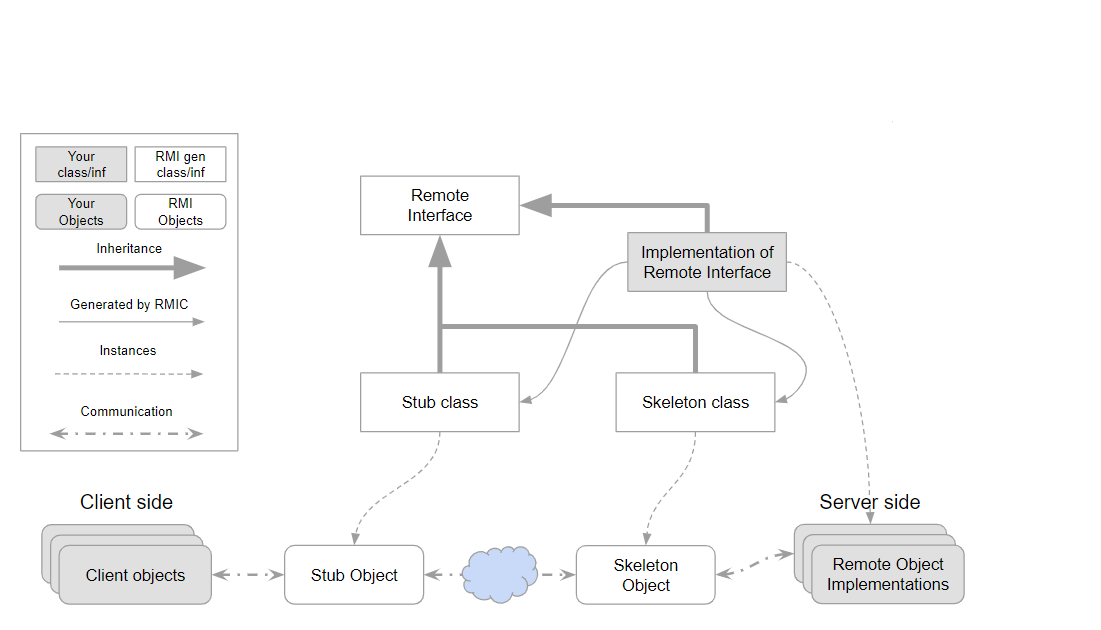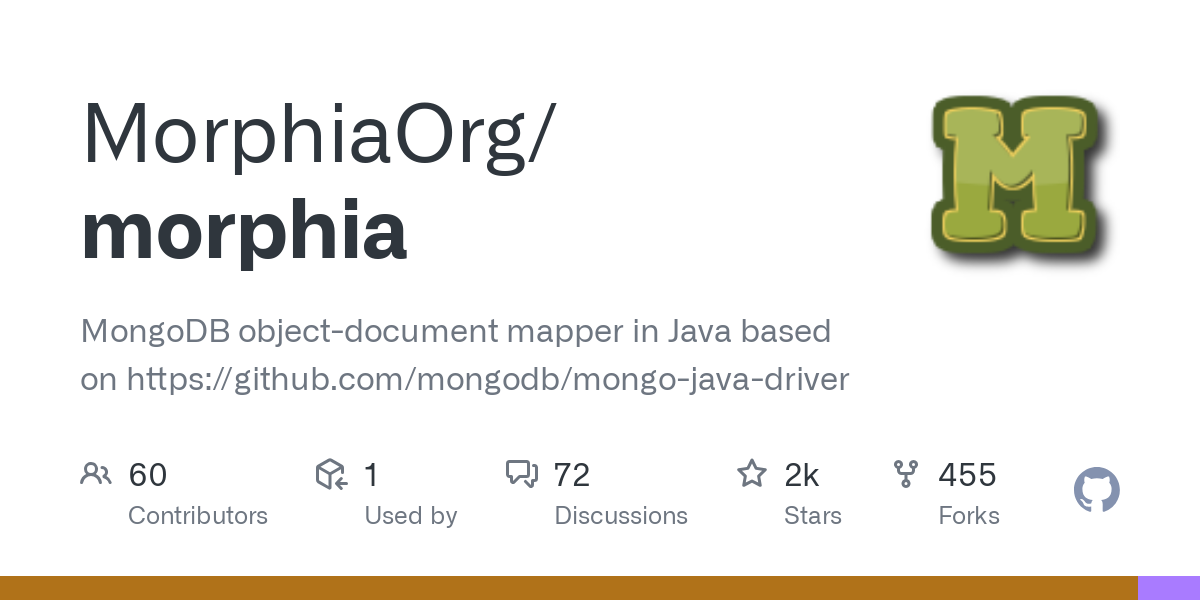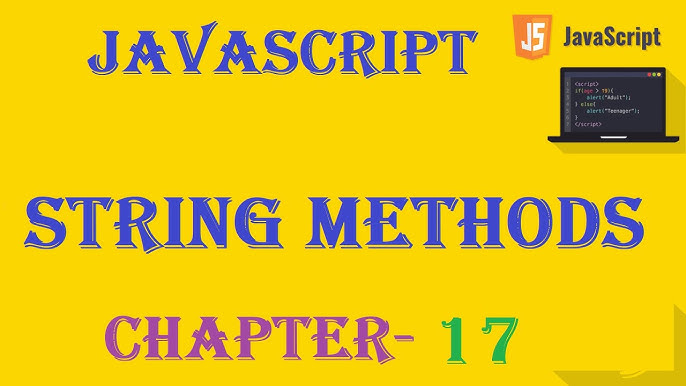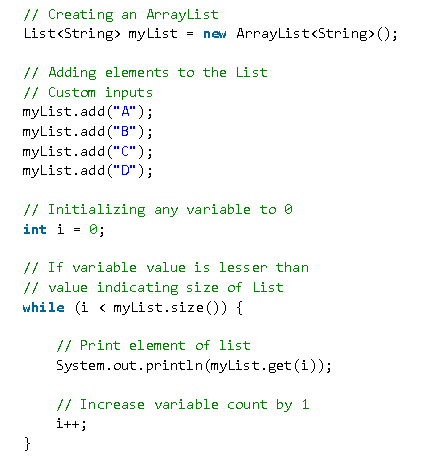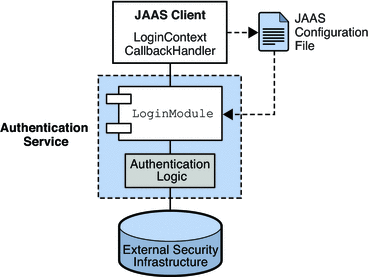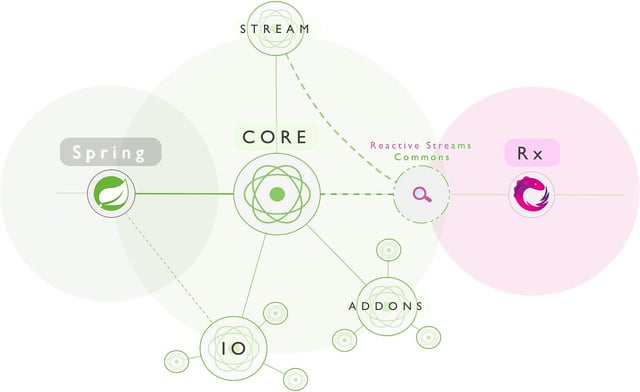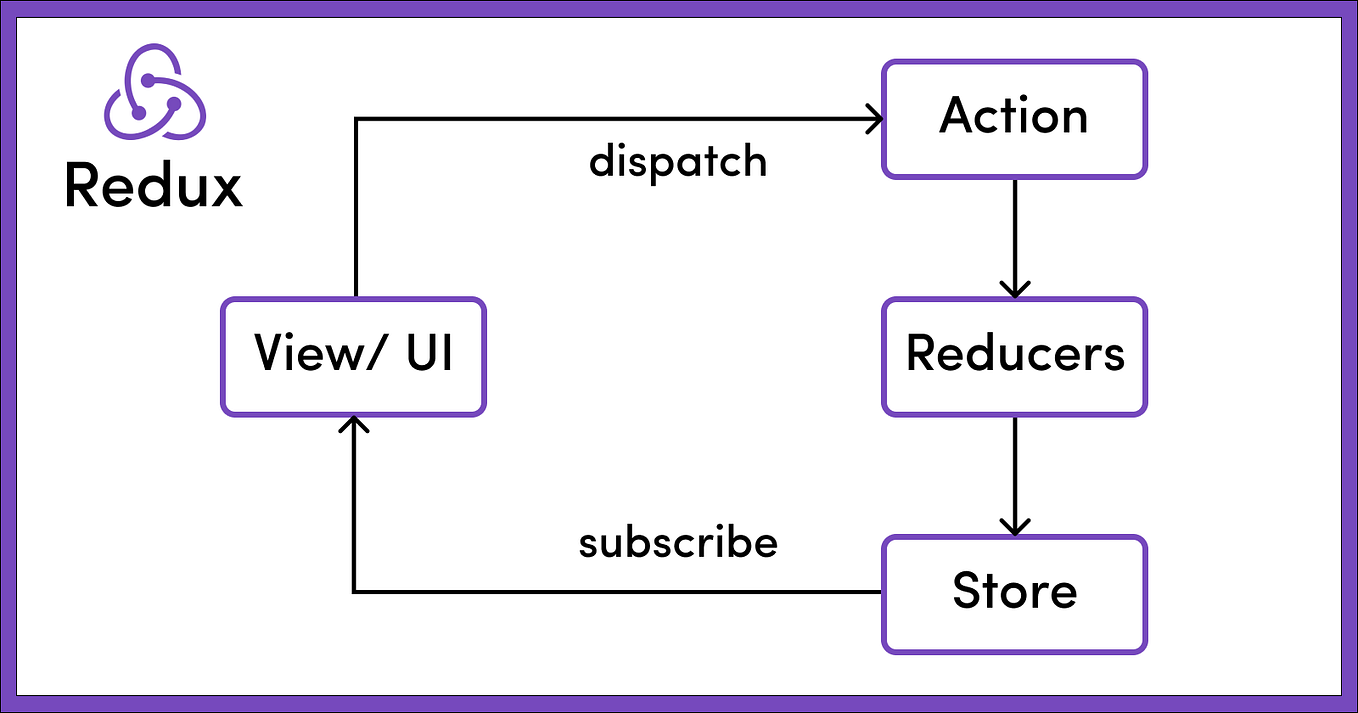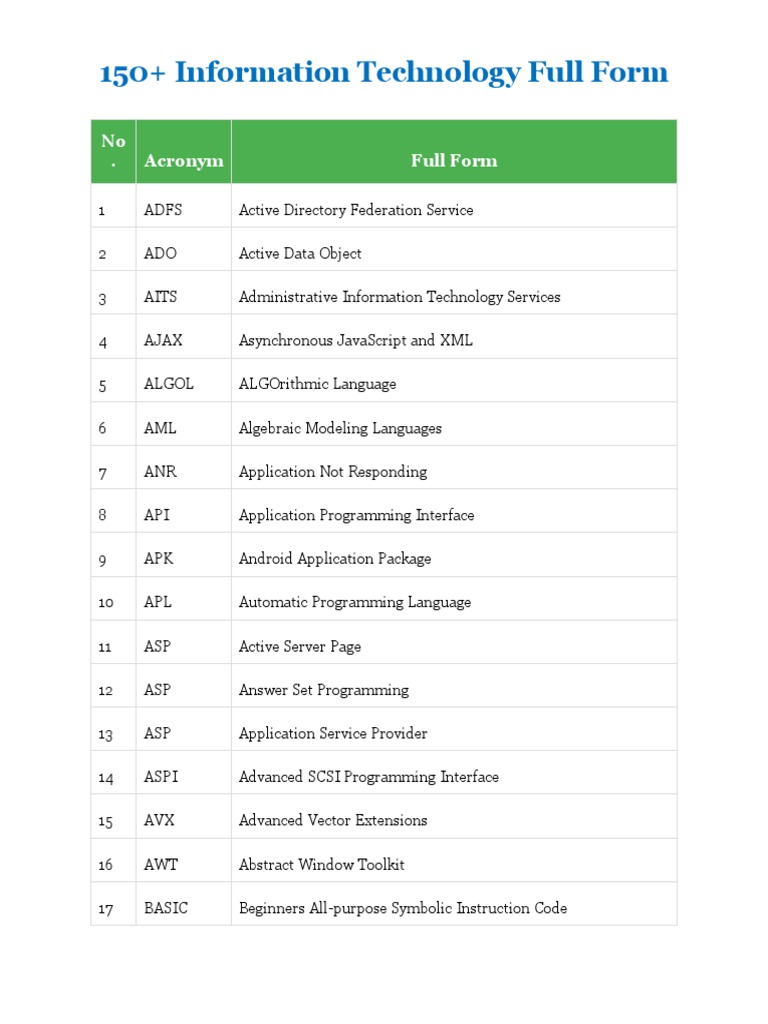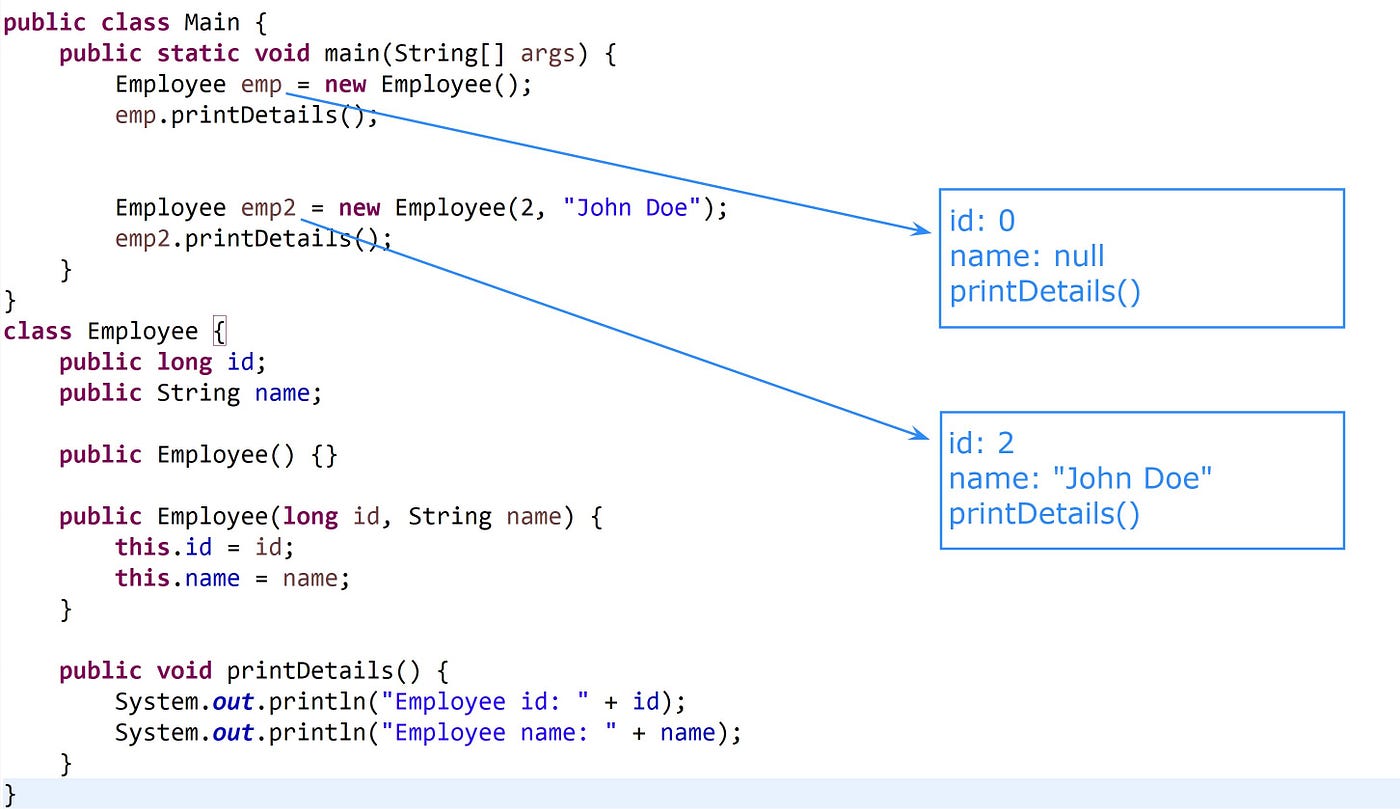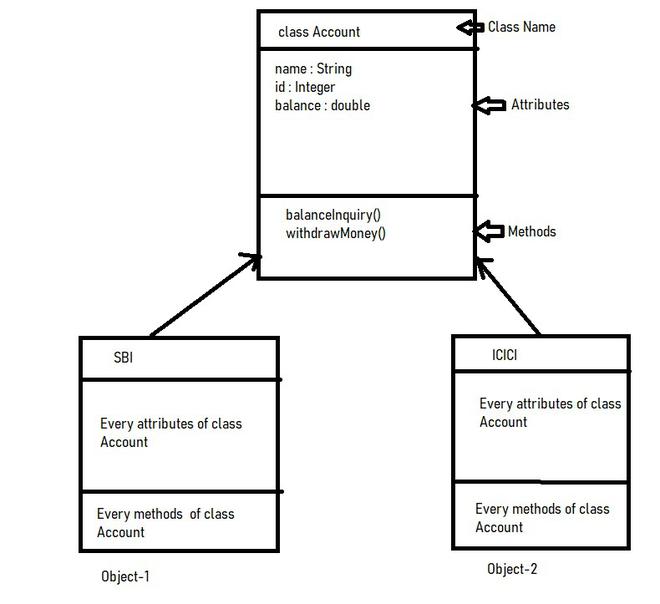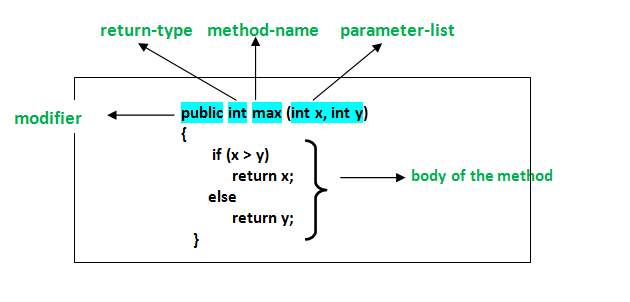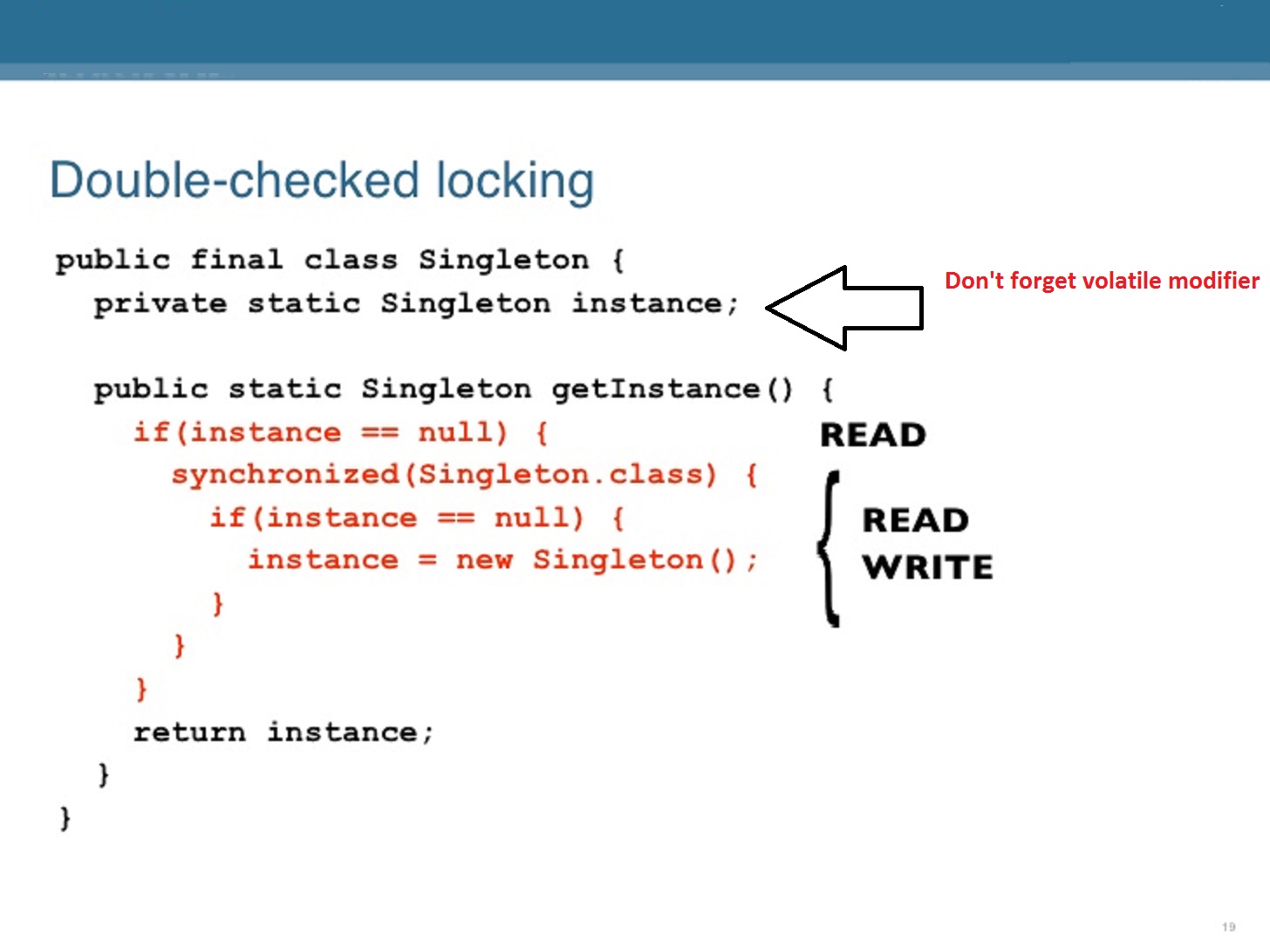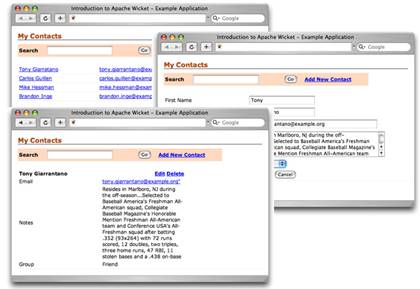Java cassandra tutorial
Java cassandra tutorial
I'm happy to help! Here's a comprehensive Java Cassandra tutorial for you:
What is Apache Cassandra?
Apache Cassandra is an open-source NoSQL database management system designed to handle large amounts of data across many commodity servers with no single point of failure.
Why Use Apache Cassandra?
Scalability: Cassandra can handle massive amounts of data and scale horizontally by adding more nodes to the cluster. High Availability: With multiple copies of each piece of data stored on different nodes, Cassandra ensures high availability and minimizes downtime in case one node fails. Flexible Schema: Cassandra allows for dynamic schema changes and supports flexible data models.Setting Up Apache Cassandra
Install Java: Make sure you have the latest version of Java installed on your machine (Java 8 or higher is recommended). Download Cassandra: Go to the official Cassandra download page and grab the binary distribution. Unzip and Start: Unzip the Cassandra package, then navigate to thebin directory and start the node by running cassandra -y cassandra.yaml.
Java Cassandra Tutorial
Here's a step-by-step guide to getting started with Java Cassandra:
Step 1: Add DependenciesIn your Maven or Gradle project, add the following dependencies:
Step 2: Connect to Cassandracom.datastax.driver
cassandra-driver-core
3.7.0
Create a Java class that connects to your Cassandra cluster:
Step 3: Create a KeySpaceimport com.datastax.driver.core.Cluster;import com.datastax.driver.core.PoolingOptions;
import com.datastax.driver.core.Session;
public class CassandraConnector {
public static Session connectToCassandra(String host, int port) {
PoolingOptions poolingOptions = new PoolingOptions()
.setConnectionsPerHost(HostDistance.LOCAL, 10)
.setMaxRequestsPerConnection(1000);
Cluster cluster = Cluster.builder()
.addContactPoint(host)
.withPoolingOptions(poolingOptions)
.build();
return cluster.connect();
}
}
Create a key space using the Java Cassandra driver:
Step 4: Create a Tableimport com.datastax.driver.core.Session;import com.datastax.driver.core.query.Builder;
public class CreateTable {
public static void createKeyspace(Session session) {
String query = "CREATE KEYSPACE IF NOT EXISTS mykeyspace WITH replication = {'class': 'SimpleStrategy', 'replication_factor': 3};";
session.execute(query);
}
}
Create a table using the Java Cassandra driver:
Step 5: Insert Dataimport com.datastax.driver.core.Session;import com.datastax.driver.core.query.Builder;
public class CreateTable {
public static void createTable(Session session) {
String query = "CREATE TABLE IF NOT EXISTS mykeyspace.mytable (id int PRIMARY KEY, name text);";
session.execute(query);
}
}
Insert data into your Cassandra table using the Java Cassandra driver:
Step 6: Read Dataimport com.datastax.driver.core.Session;import com.datastax.driver.core.query.INSERT;
public class InsertData {
public static void insertData(Session session) {
StringBuilder queryBuilder = new StringBuilder();
queryBuilder.append("INSERT INTO mykeyspace.mytable (id, name)");
queryBuilder.append(" VALUES (?, ?);");
INSERT insertQuery = session.prepare(queryBuilder.toString());
PreparedStatement prepareStatement = session.prepare(insertQuery);
for (int i = 1; i <= 10; i++) {
BoundStatement boundStatement = prepareStatement
.bind(1, "Item #1")
.bind(2, "Item #2");
session.execute(boundStatement);
}
}
}
Read data from your Cassandra table using the Java Cassandra driver:
import com.datastax.driver.core.Session;import com.datastax.driver.core.query.QUERY;
public class ReadData {
public static void readData(Session session) {
StringBuilder queryBuilder = new StringBuilder();
queryBuilder.append("SELECT * FROM mykeyspace.mytable WHERE id > ?;");
Query query = session.prepare(queryBuilder.toString());
PreparedStatement prepareStatement = session.prepare(query);
for (int i = 1; i <= 10; i++) {
BoundStatement boundStatement = prepareStatement
.bind(1, "Item #3");
ResultSet results = session.execute(boundStatement);
for (Row row : results) {
System.out.println(row.getString("name"));
}
}
}
}
That's it! You've successfully connected to a Cassandra cluster, created a keyspace and table, inserted data, and read data using the Java Cassandra driver.
Remember to replace host and port with your actual Cassandra node details. Happy coding!
Why is Cassandra written in Java?
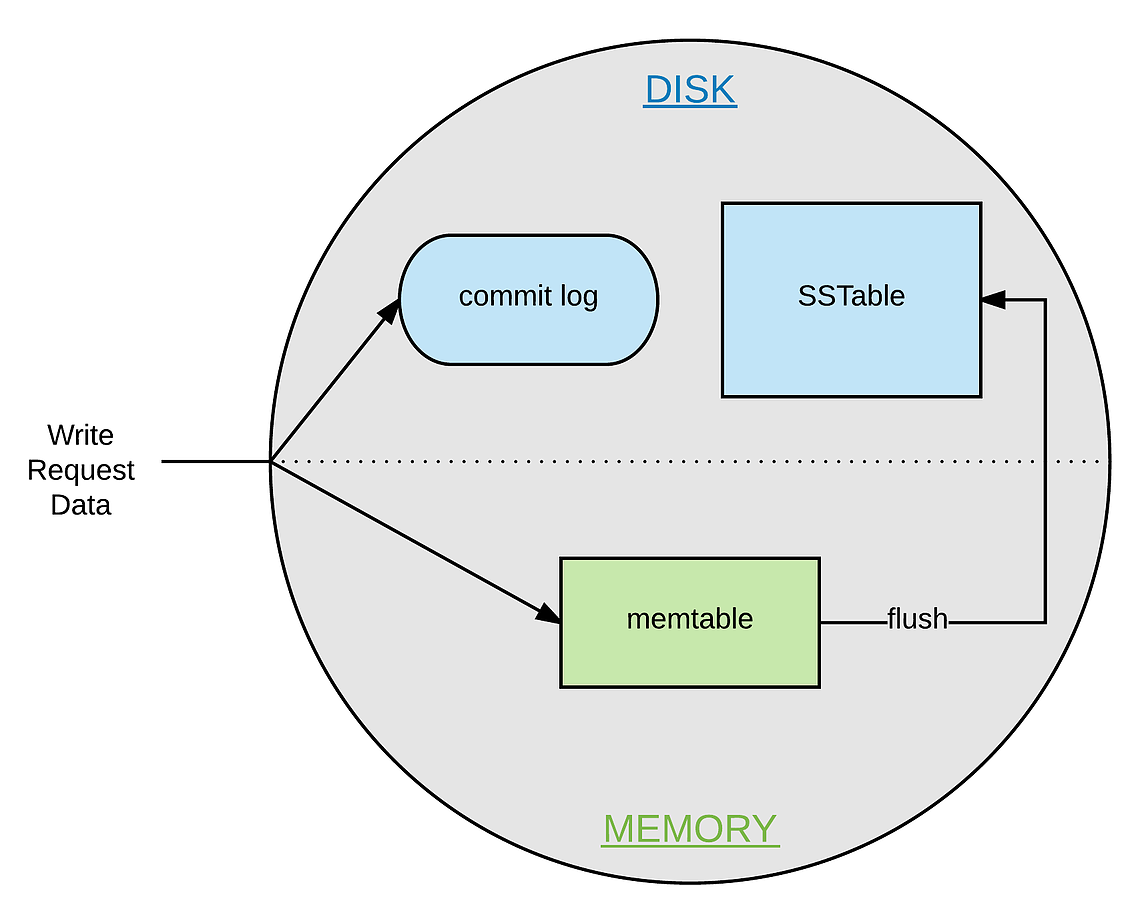
I'd be happy to explain why Cassandra is often implemented using the Java programming language.
Cassandra is a NoSQL, distributed database management system that offers a highly scalable and fault-tolerant solution for handling large amounts of data across multiple nodes. One reason Java is commonly used to implement Cassandra is due to its strong reputation as a robust and reliable platform for building complex, distributed systems.
Java's popularity stems from its "write once, run anywhere" philosophy, which allows developers to write code that can be easily deployed on multiple platforms, including Windows, Linux, macOS, and other Java-enabled operating systems. This flexibility is particularly valuable in the context of a distributed database like Cassandra, where nodes may need to be added or removed as the system scales up or down.
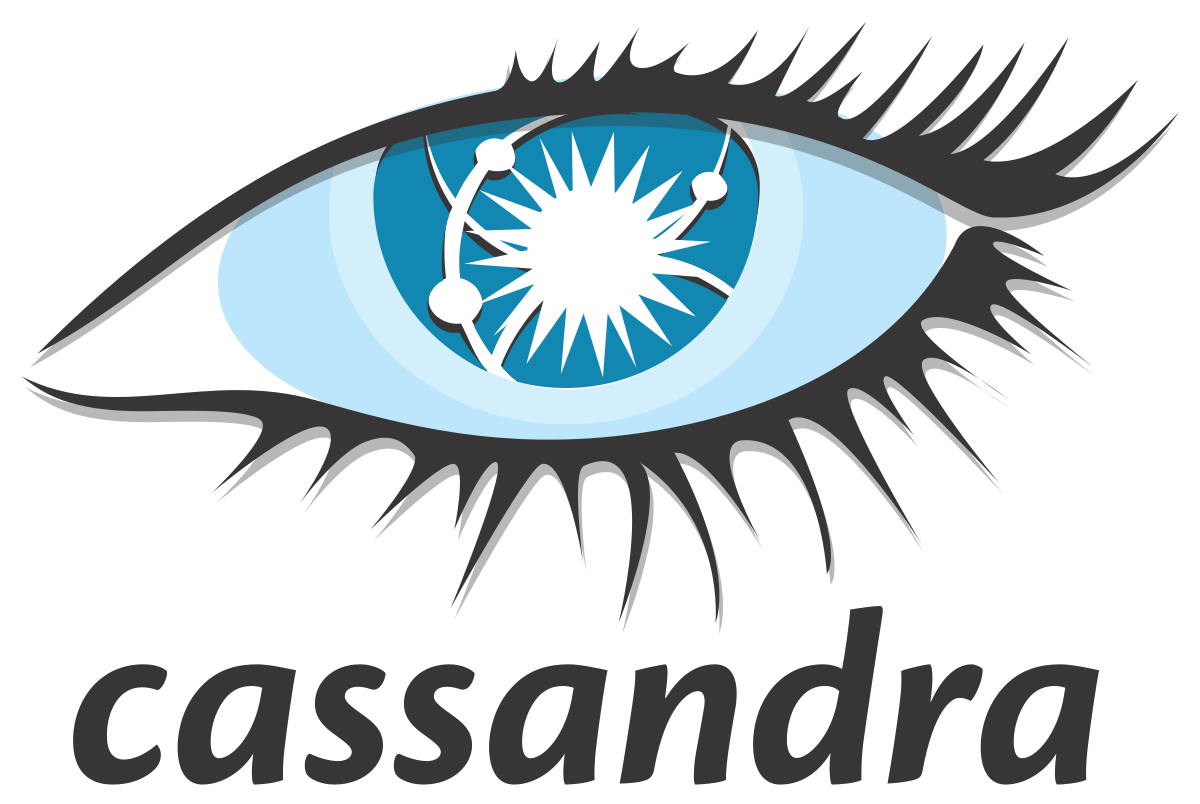
Another reason Java is often chosen for Cassandra development is its support for multi-threading and concurrency. As Cassandra is designed to handle massive volumes of data and queries from multiple clients simultaneously, Java's built-in support for parallel processing makes it an ideal choice. This allows developers to create efficient, scalable code that can take full advantage of multicore processors.
Java also provides a rich set of libraries and frameworks that facilitate the development of distributed systems like Cassandra. For instance, Java's built-in networking APIs make it easy to establish connections between nodes, while libraries like Apache Commons Net provide additional tools for network I/O operations. Similarly, Java's support for serialization and deserialization enables efficient data transfer between nodes.
Additionally, many popular technologies used in conjunction with Cassandra are also built using Java or have Java interfaces. For example, Hadoop (a data processing framework) and Spark (an analytics engine) both offer Java APIs, making it easy to integrate these tools into a Cassandra-based solution. This broad ecosystem of compatible technologies further reinforces the choice of Java for Cassandra development.
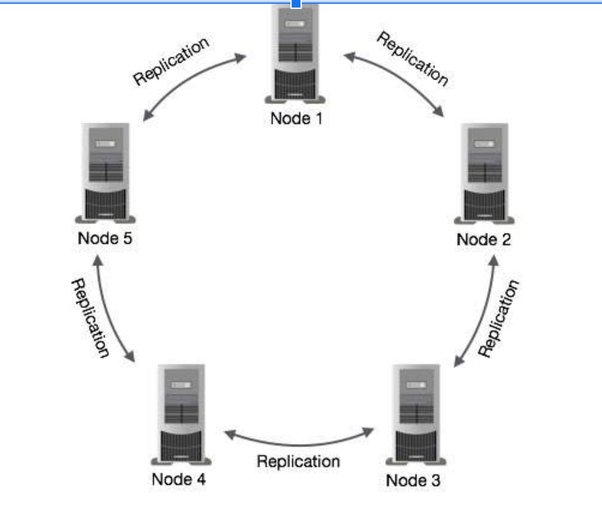
Lastly, the Java community has developed several libraries and frameworks specifically designed for building distributed systems like Cassandra. Examples include Apache Cassandra's own Java driver, as well as projects like Hector (a Java-based Cassandra client library) and Java-Cassandra-Client (a lightweight Java wrapper for Cassandra). These libraries provide developers with a range of tools and abstractions that simplify the process of working with Cassandra, making it easier to develop complex distributed applications.
In summary, Java is often chosen for building Cassandra solutions due to its robustness, flexibility, concurrency support, comprehensive ecosystem of compatible technologies, and availability of specialized libraries and frameworks. These factors make Java an ideal choice for developing scalable, fault-tolerant, and highly performant distributed database systems like Cassandra.
